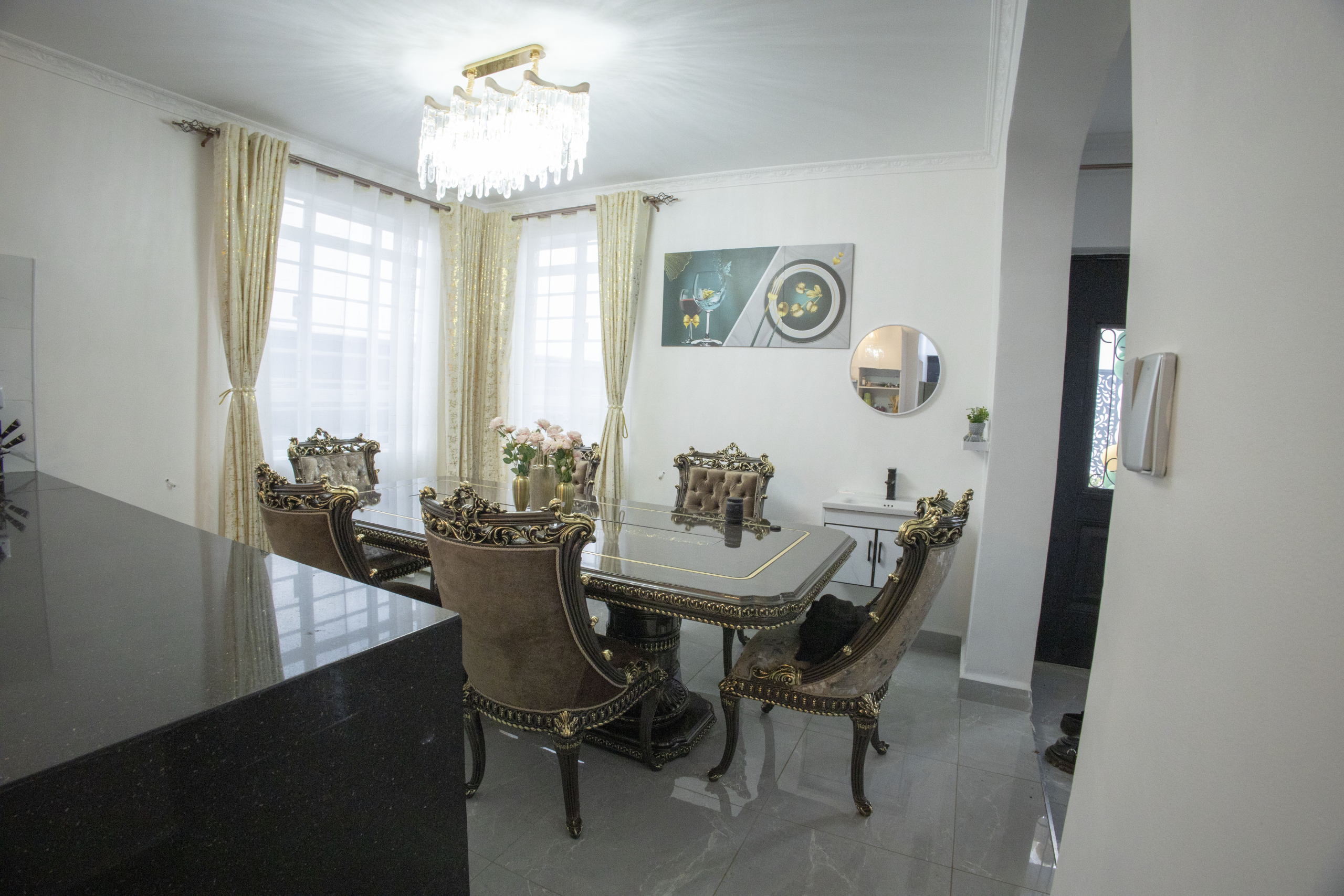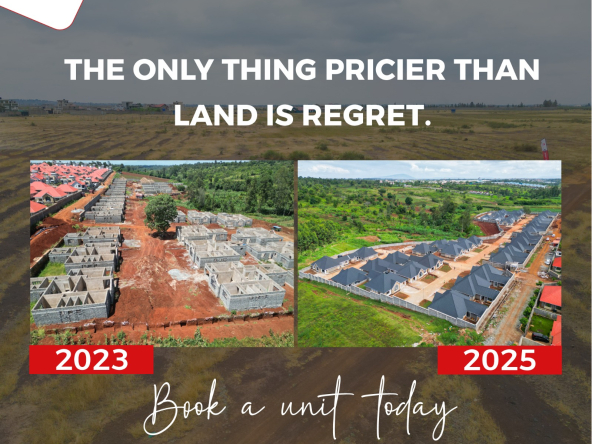In Nairobi’s fast-evolving housing market, size—and simplicity—is beginning to beat space. Studio apartments on Thika Road are emerging as the surprise outperformers in a space long dominated by traditional 2-bedroom units. From Kasarani to Kahawa and deep into Githurai, these compact units are commanding higher occupancy, better rental returns, and faster resales.
What began as a niche product for students and first-jobbers is now shaping up to be a serious asset class for investors who want strong, low-maintenance returns.
The trend points to a growing appetite for micro-units, driven by affordability pressures, shifting demographics, and lifestyle changes.
Occupancy: Studios Are Rarely Empty
Ask any landlord in Kasarani or Githurai about their 2-bedroom vacancies and you’ll often hear about months-long dry spells. But studio units? Those go fast—often within days.
A survey by a local property management firm covering over 400 units in Kahawa West and Zimmerman showed:
- Studio apartment occupancy rate: 93%
- 2-bedroom unit occupancy rate: 71%
Why the gap? The reasons are straightforward:
- Affordability: Monthly rent for studios ranges between KSh 8,000–12,000, while 2-beds go for KSh 18,000–25,000.
- Tenant profile: Thika Road is home to students (Kenyatta University, USIU), single professionals, and early-career workers—most of whom prefer affordable, flexible spaces.
This part of Nairobi is no longer just for families—solo living is the dominant trend.
Read Also: The Rise of Rooftop Farming in Nairobi Apartments: Real Estate Gimmick or Value Add?
Rental Yields: Studios Bring Higher Returns per Square Foot
When comparing rent yields on Thika Road, studio apartments are punching above their weight.
Here’s a breakdown based on 2024 rental averages:
| Unit Type | Avg. Monthly Rent | Avg. Cost (Off-Plan) | Gross Yield |
|---|---|---|---|
| Studio | KSh 10,000 | KSh 1.5M | 8.0% |
| 2-Bedroom | KSh 22,000 | KSh 4.5M | 5.8% |
Studios cost less to build, fill up faster, and offer a better return per shilling invested. This has not gone unnoticed by real estate investors in Kasarani and developers in Kahawa looking to scale units for young urban renters.
Read Also: Using TikTok Real Estate Marketing Kenya to Sell Off-Plan Units in 48 Hours
Resale: Liquid, Low Risk, High Demand
Beyond rent, studio apartments are proving easier to resell. In a market where liquidity is critical, investors prefer units that can move quickly, even during economic downturns.
In Githurai, a completed block of 36 studio apartments was sold out within 6 months—while 2-bedroom units from a neighboring project still had 40% unsold inventory a year later.
Studios appeal to:
- Buy-to-let investors seeking passive income
- Diaspora buyers who prefer low-risk, low-maintenance units
- Young professionals looking for starter homes
The low price point (KSh 1.3M–1.8M for finished units) means a faster turnaround and lower capital risk.
Developer Shift: More Studios, Fewer 2-Beds
Walk around new constructions in Zimmerman, Githurai 44, or Kahawa Sukari, and you’ll notice a pattern: the floor plans are shrinking.
Developers are stacking more studios and 1-bed units per block. The math works better. Smaller units mean:
- Lower construction costs per unit
- More units per plot (higher density)
- Greater buyer pool
According to a 2024 planning submission database from the Nairobi City County Government, the number of studio apartment projects along Thika Road doubled in two years, while 2-bedroom projects declined slightly.
This signals where the market is heading—and where developer confidence lies.
Who’s Renting Studios?
The demand is coming from specific, fast-growing groups:
- University students: Kenyatta University, Zetech, and USIU create year-round demand for cheap, walkable rentals.
- Young professionals: Entry-level workers prefer low-commitment housing close to CBD and business parks.
- New Nairobi migrants: Many first-time city dwellers can’t afford large spaces—but want independence.
This profile shift is reshaping the Kasarani rental market, forcing landlords to rethink how much space people actually want—and can pay for.
Challenges to Note
It’s not all upside. Investors in studio apartments on Thika Road should consider:
- Tenant turnover: Studios tend to have shorter lease cycles—expect more move-ins and outs.
- Management intensity: Higher density means more strain on shared amenities like water, Wi-Fi, and garbage services.
- No room to upsell: There’s less flexibility to repackage or upgrade studios in future.
Still, for many investors, the numbers outweigh the nuisance.
Where Are the Hotspots?
If you’re looking to buy or build, these areas are leading the trend:
- Kasarani: High density, strong student and young professional base
- Kahawa West/Sukari: Balanced mix of family and individual tenants, with room for development
- Githurai 45: High rental uptake, good infrastructure, low entry price
For anyone investing in affordable housing on Thika Road, studios offer the best mix of demand, pricing, and liquidity.
Read Also: Kikuyu vs Ruiru Real Estate Investment: Which is Better?
Studios Are Winning the Thika Road Rental Game
If the numbers don’t lie, the market certainly isn’t. Studio apartments on Thika Road are outshining traditional 2-bed units on all fronts—occupancy, rent yield, and resale.
Driven by shifting demographics, cost-conscious tenants, and investor appetite, the micro-unit model is no longer a fringe play. It’s the new core product in Nairobi’s urban rental economy.
Whether you’re a first-time investor, a developer, or a landlord rethinking your next build—studios are worth a serious look.




